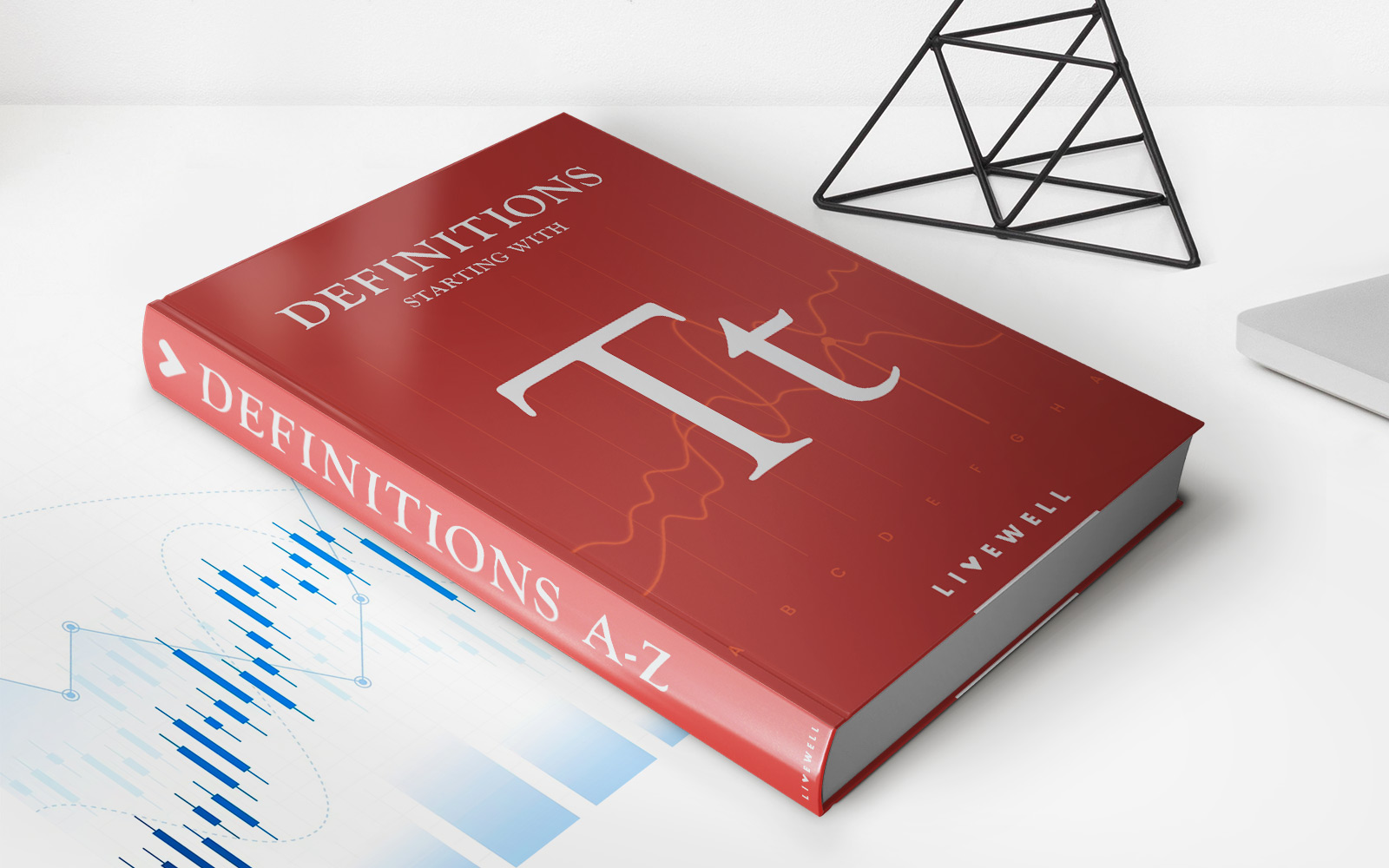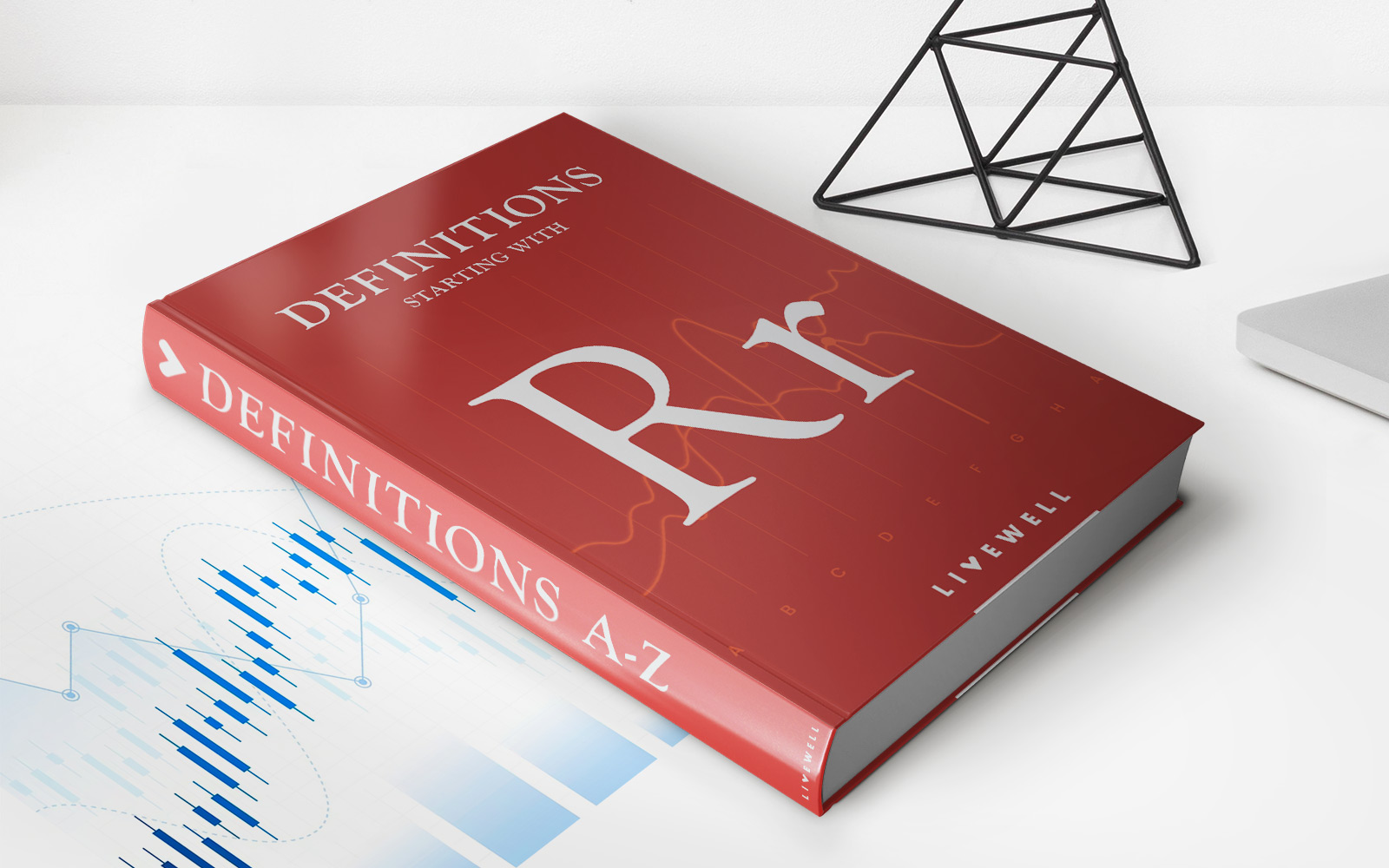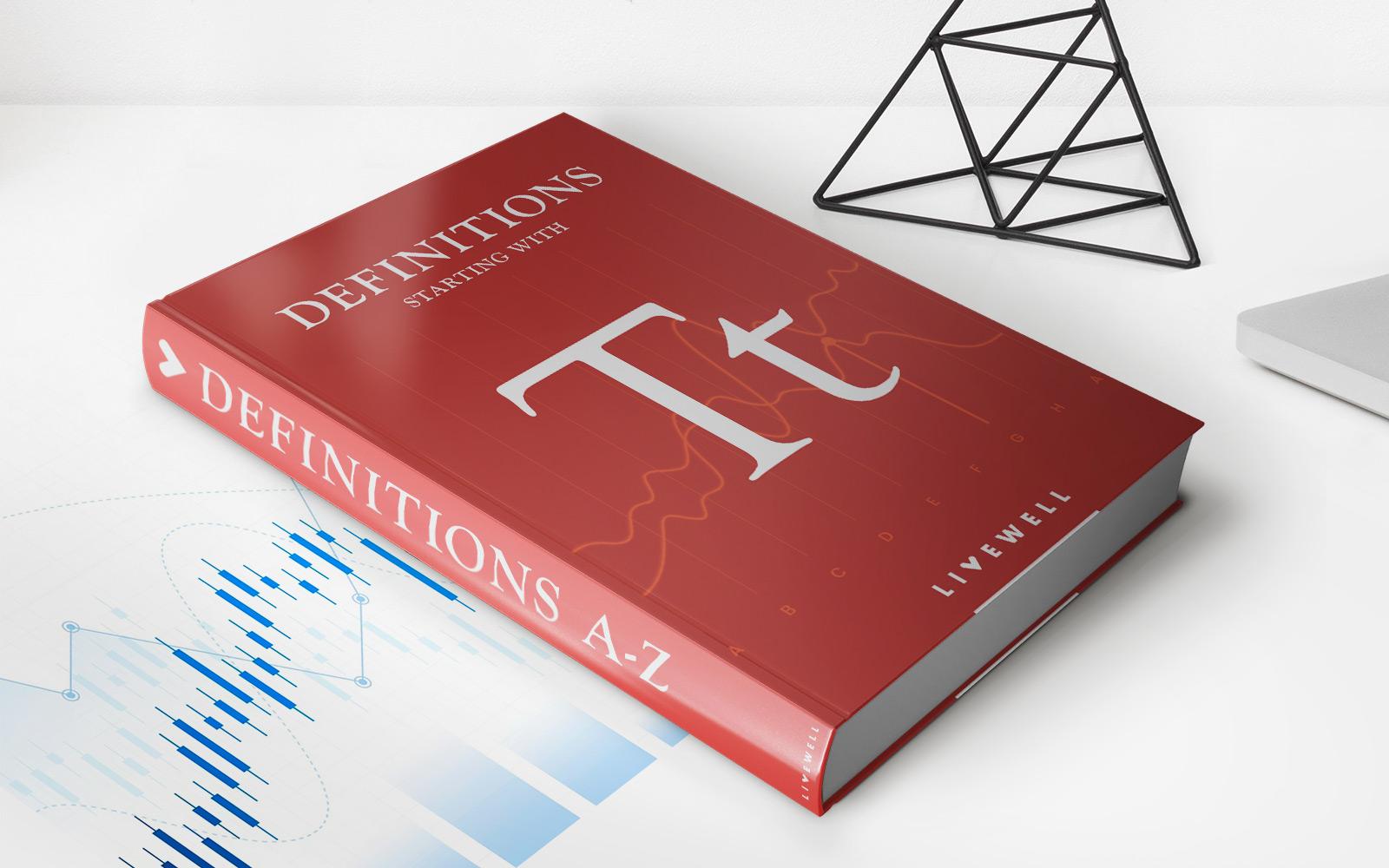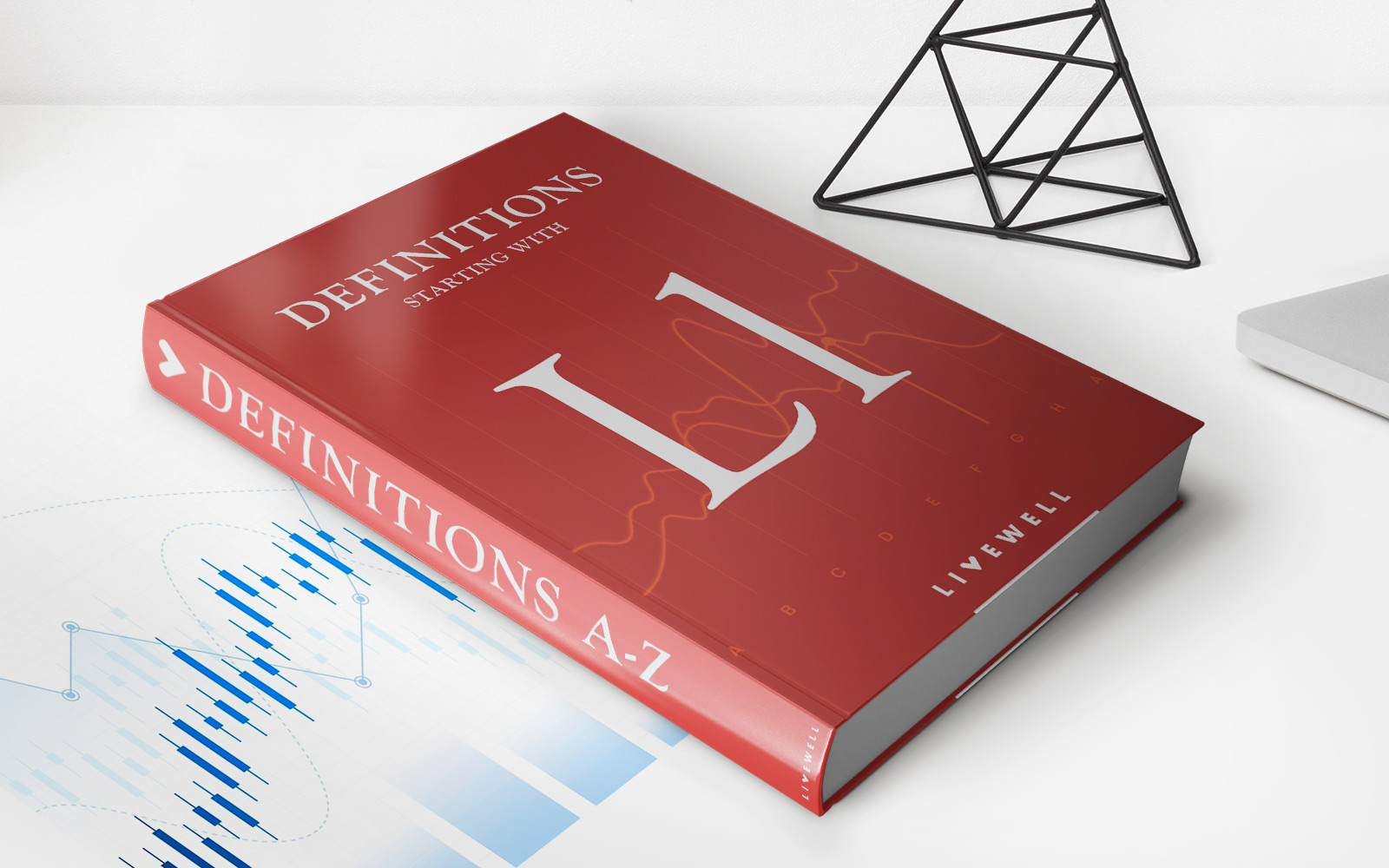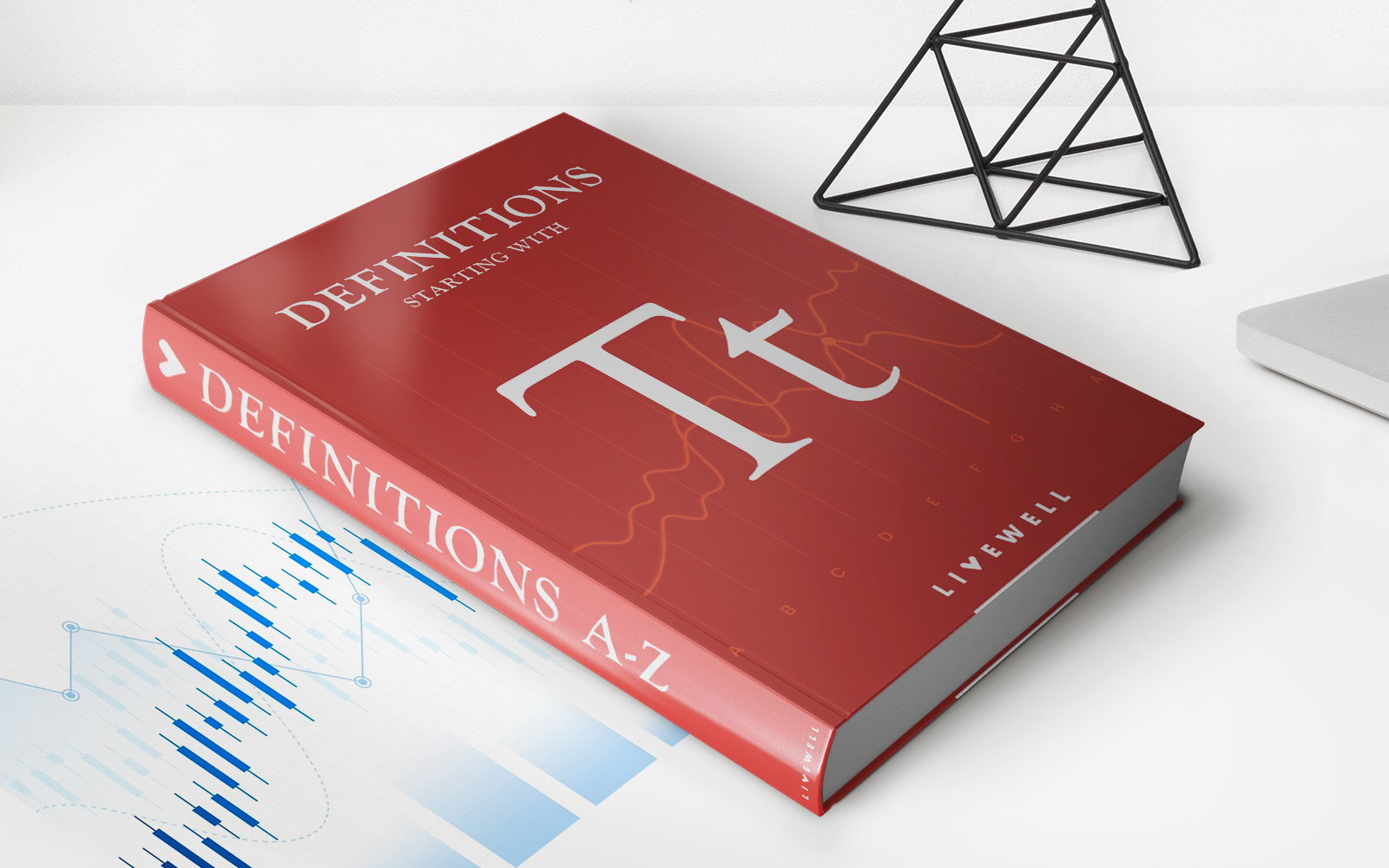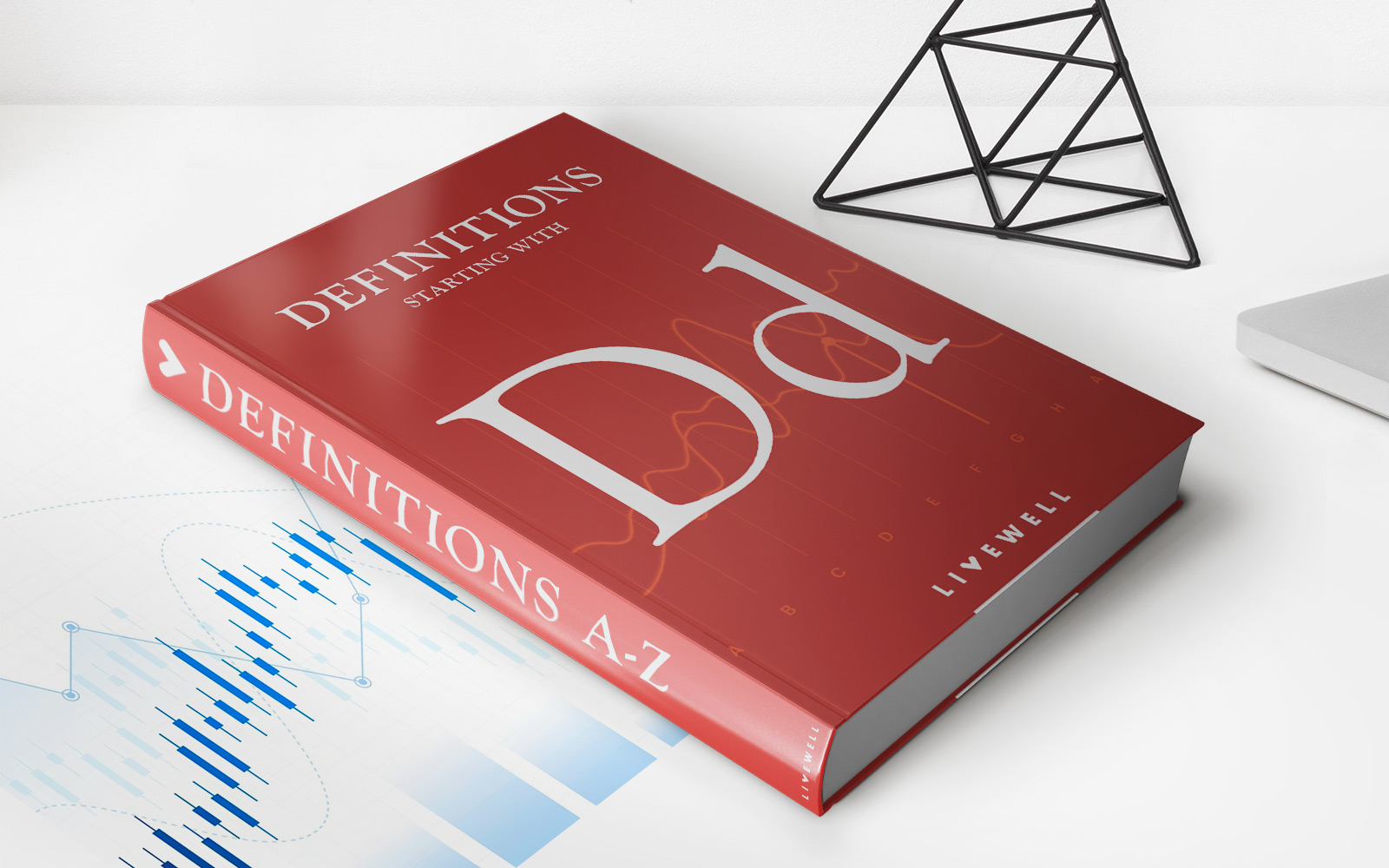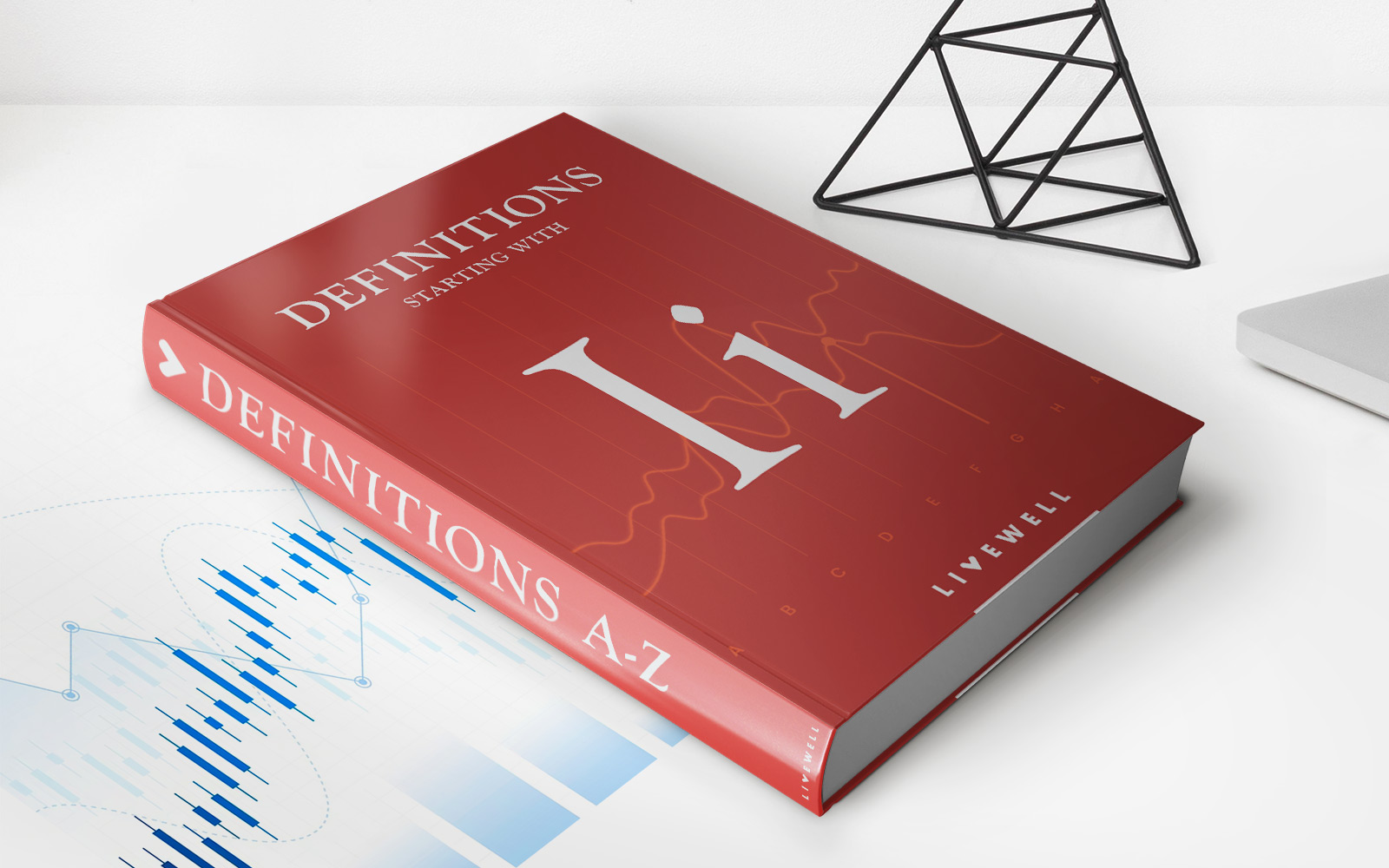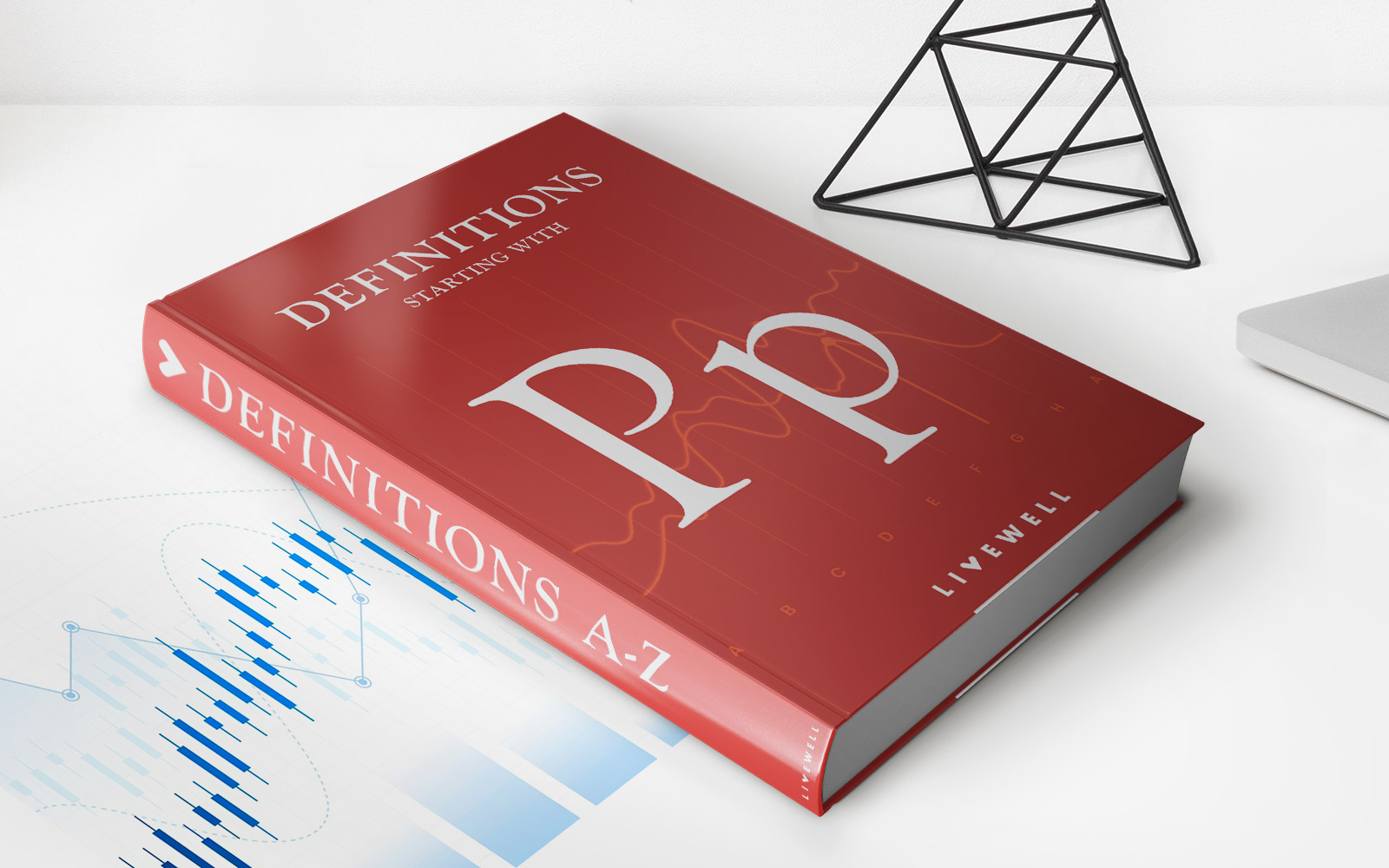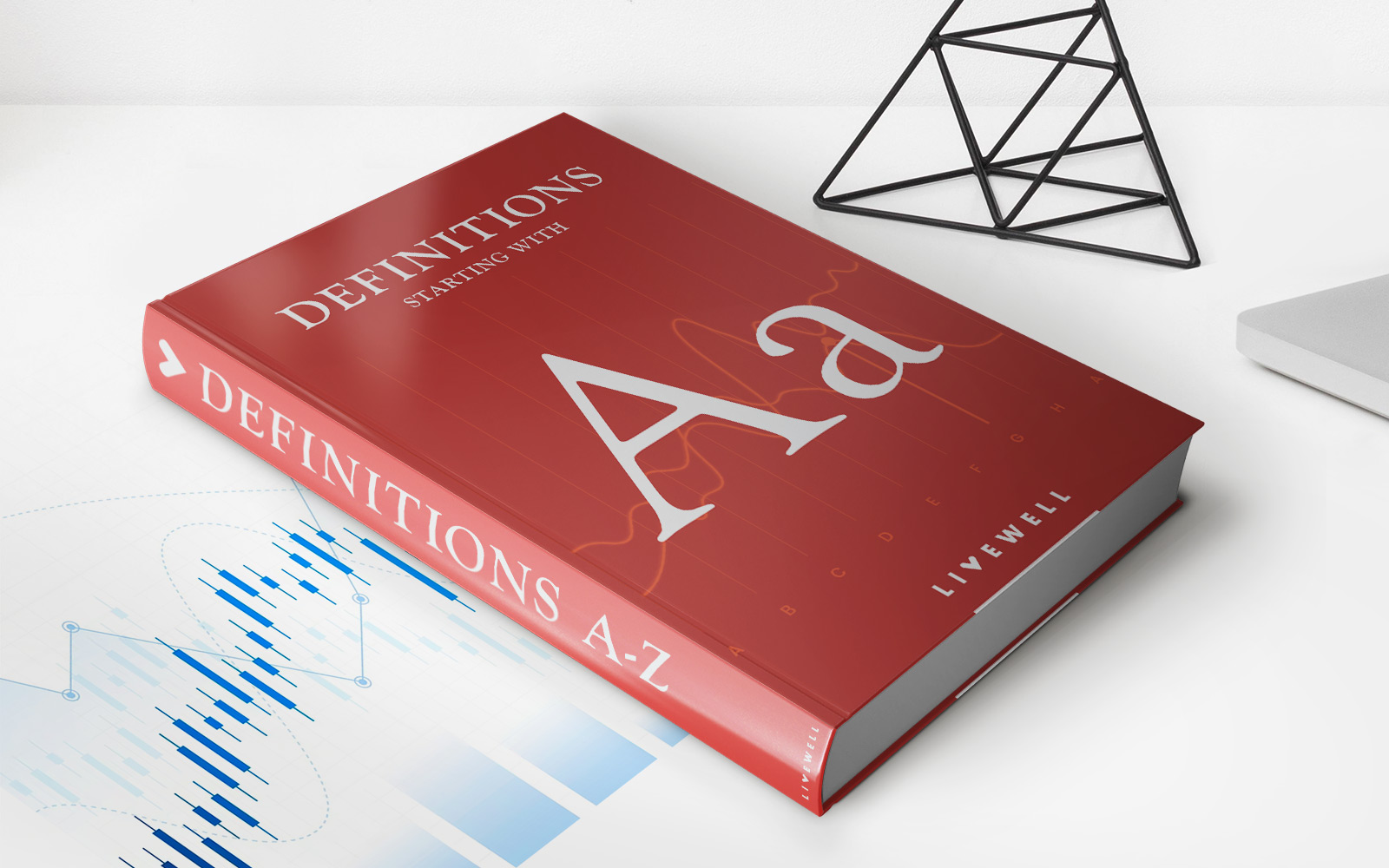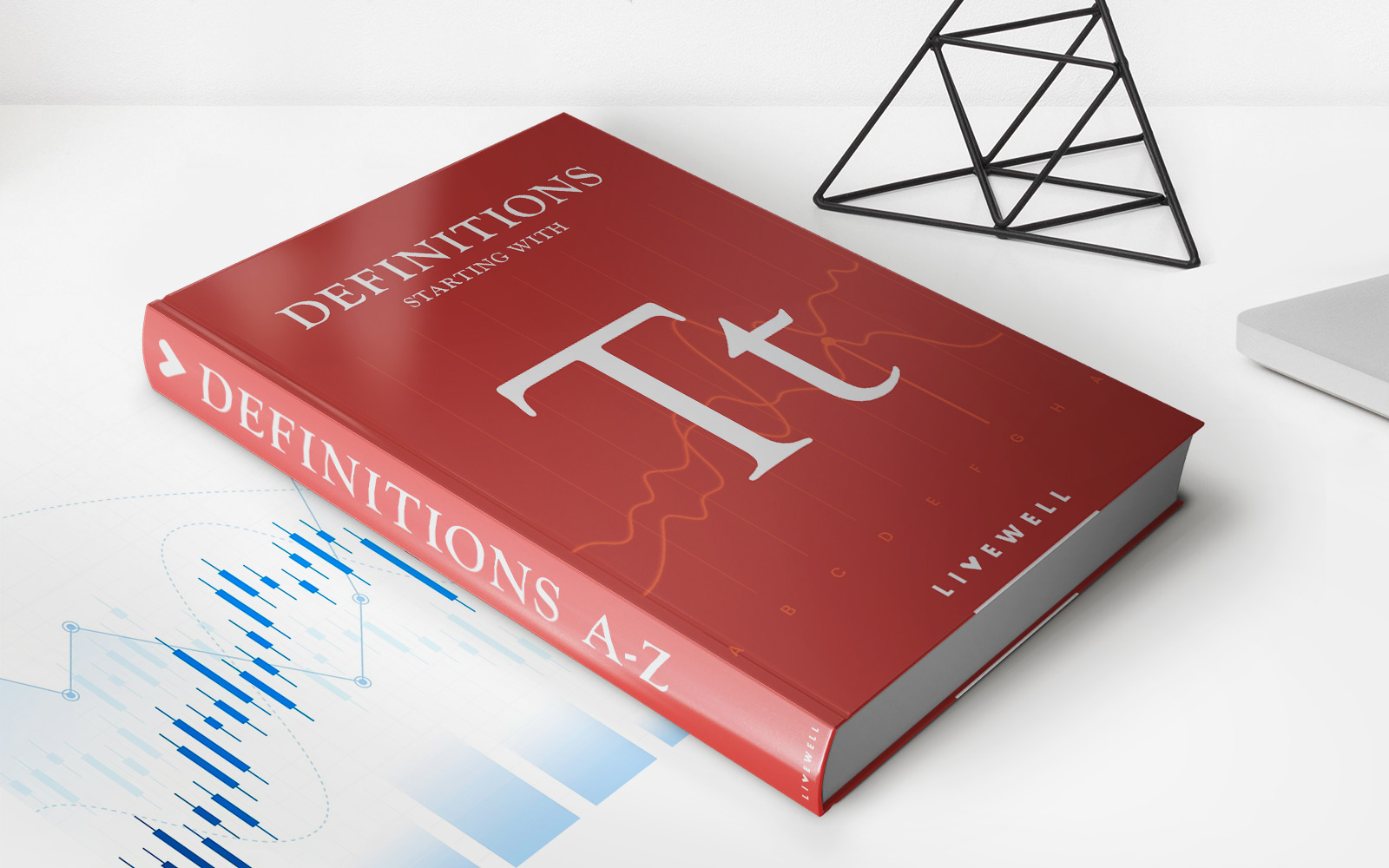

Finance
Trigger Line Definition And Example
Published: February 11, 2024
Learn the definition and see an example of a trigger line in finance. Understand how trigger lines are used to make important financial decisions.
(Many of the links in this article redirect to a specific reviewed product. Your purchase of these products through affiliate links helps to generate commission for LiveWell, at no extra cost. Learn more)
Understanding Trigger Lines in Finance
Have you ever wondered how financial professionals make key decisions when it comes to buying or selling assets? Well, one important tool they use is called a trigger line. In this article, we will explore the definition of trigger lines and provide you with an example to help you understand how they work in the world of finance.
Key Takeaways
- A trigger line is a threshold or boundary that, when crossed, prompts a specific action or decision.
- Trigger lines are commonly used in technical analysis to indicate potential changes in price momentum.
What is a Trigger Line?
A trigger line can be thought of as a line in the sand. It is a specific boundary or threshold that, when crossed, triggers a predefined action or decision. In finance, trigger lines are often used as part of technical analysis to identify potential trading opportunities or signal the need for particular investment moves.
These lines are typically drawn on charts to represent specific levels of support or resistance. When the price of an asset crosses above or below a trigger line, it is seen as an indication that a significant event has occurred, and action may need to be taken.
Let’s dive deeper with an example to help illustrate how trigger lines work.
Example of a Trigger Line
Imagine you are a technical analyst analyzing the price chart of a stock. You notice that the stock has been in an upward trend and has recently hit a resistance level at $50 per share. To help you make a decision on whether to buy or sell the stock, you decide to set a trigger line at $51 per share.
If the stock price crosses above $51, you see this as a signal that the stock’s momentum is strong and that it may continue to rise. In this case, you may choose to buy the stock, expecting further price appreciation.
On the other hand, if the stock price fails to cross above $51 and instead drops below that level, it may indicate a reversal or a weakening of the stock’s momentum. In this case, you may decide to sell your position to cut losses or protect your profits.
By setting a trigger line at a specific price point, you have given yourself a clear indication of when to take action. This removes the element of uncertainty and provides a framework for making informed decisions based on price movements.
Conclusion
Trigger lines are a valuable tool in the world of finance. By setting specific thresholds or boundaries, they help guide investors and traders in making timely decisions. Whether you are analyzing stock prices, currencies, or commodities, understanding trigger lines can provide you with an edge in navigating the complex world of financial markets.
